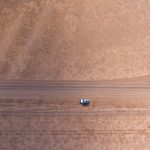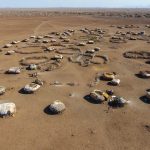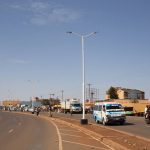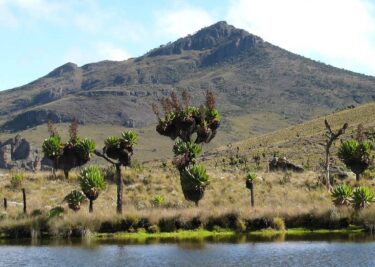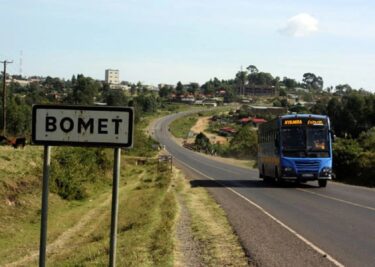Marsabit
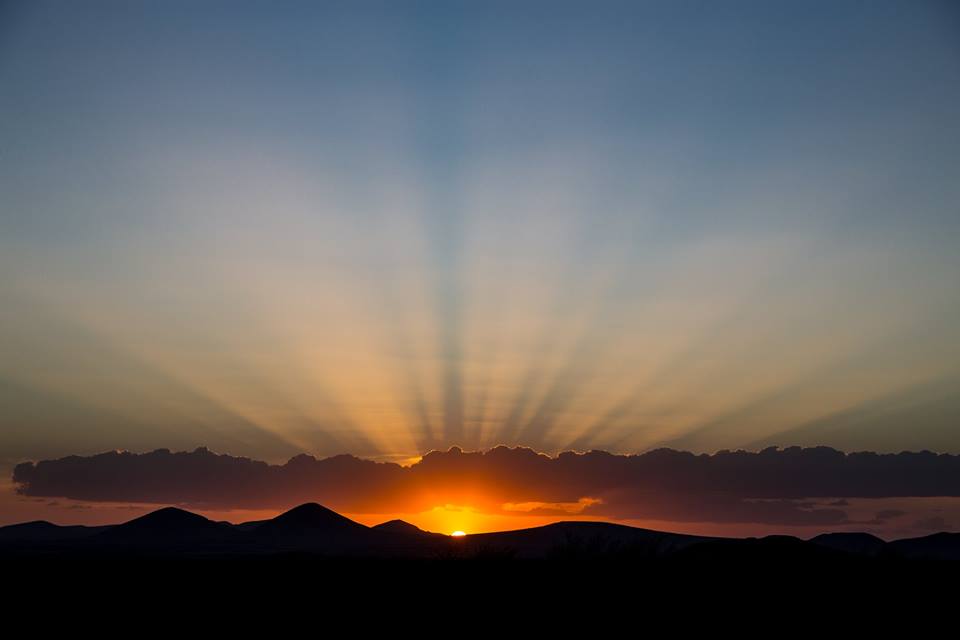
Photo Copyright: Mwarv
Loiyangalani. The name slowly dances off one’s tongue.
Beautiful, isn’t it? Loiyangalani is a small town that sits on the eastern shores of the Jade Sea. The western boundary of Marsabit County is defined by the desert lake, Lake Turkana. In the centre of Loiyangalani you will find Cold Drink Hotel – talk about clear advertising. After a hot day, the name draws one like a beacon, promising much needed refreshment. County 010 hosts one of Kenya’s few Biosphere Reserves at Mount Kulal. It was gazetted in 1978 as a UNESCO Biosphere Reserve meaning that it is committed to sustainable land use and ecological protection. Standing at 2,285 metres this northern volcanic treasure is covered by rainforest. The mountain is a green oasis with towering ancient trees that provide a tranquil canopy to the forest-dwelling wildlife and birds that inhabit its reaches. One can go trekking on the mountain with the inspiring El Kajarta gorge – a gigantic volcanic crack that splits the mountain in two. In the surrounding area you will find the Samburu who act as the forest sentinels but who also provide guiding services should you decide to spend a few days trekking up the mountain.
Heading northwest from Kulal is Sibiloi National Park, our northernmost park, which holds treasures of another kind. The only forest here is the Petrified Forest, indicating a vibrant forest ecosystem thousands of years ago, as today it is largely grasslands and desert. A desert, however, that is the cradle of mankind. Sibiloi runs the length of the lake on its western side and is home to one of Kenya’s most famous sites – Koobi Fora. Named by the Gabbra Koobi Fora for a plant in the area, it became a protected national site when archeological digs started in the late fifties. Over 200 separate hominid and animal skulls have been found here, and the site has yielded more fossils than any other single place in the world.
The museum at Koobi Fora holds several fascinating fossils but Bernard Ngeneo’s famous (known for the Homo Rudolfensis skull) finds are on special display at the Nairobi National Museum in careful climate controlled cases attesting to their significance.
Marsabit is clearly the home of hidden treasures. We haven’t even told you about the green pleasures of Mount Marsabit, or the actual treasure of actual gemstones! Yes, that’s right! Apparently blue sapphires have been found in the hills of Marsabit. We hope to see the fruits of the new industry cropping up soon!
The hidden treasures of county 010 are brought to us by Mwangi Kirubi – popularly known as Mwarv. He is a Kenyan photographer and filmmaker keen on changing perceptions about Africa through the stories he shares. For more of the beauty he captures with his lenses check him out on Instagram @Mwarv and right here on our #KeSafari across the 47 counties.

